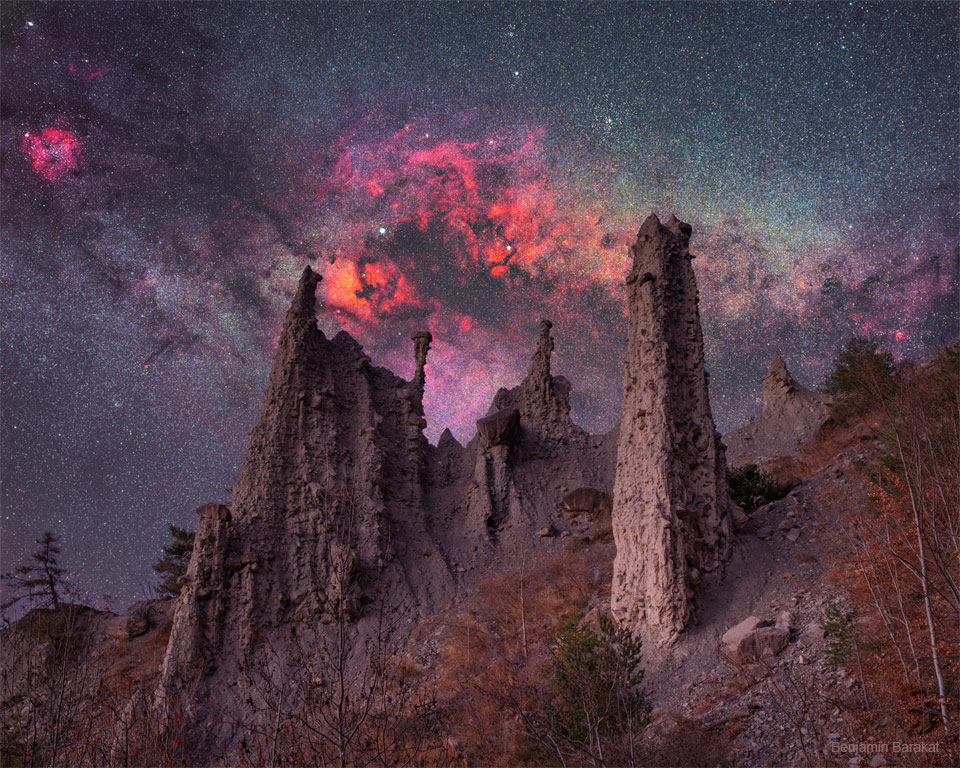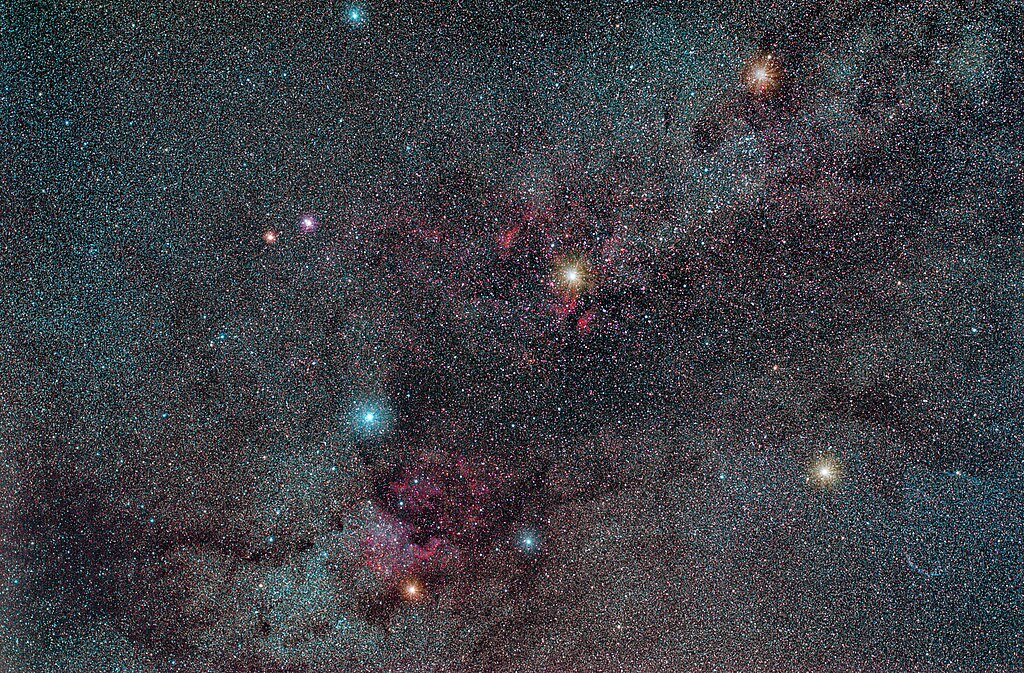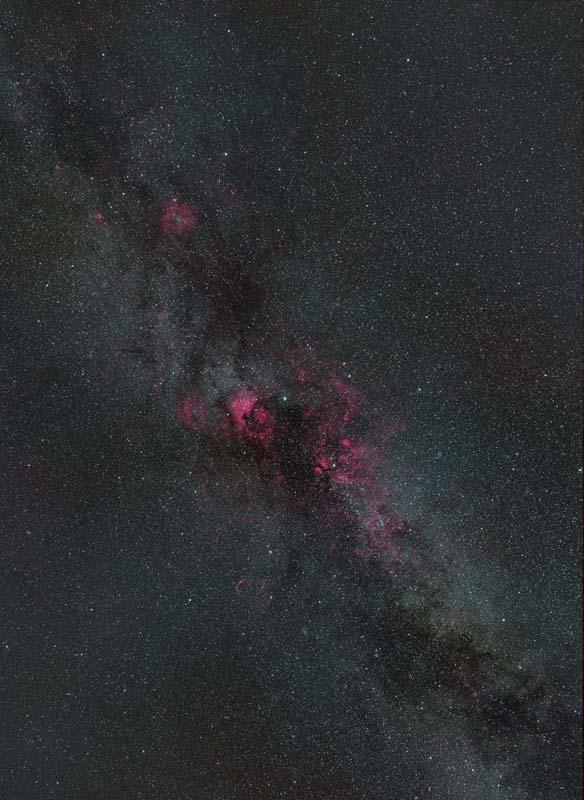Chris Peterson wrote: ↑Tue May 17, 2022 11:32 pm
Ann wrote: ↑Tue May 17, 2022 5:10 pm
EricaT wrote: ↑Tue May 17, 2022 4:46 pm
You say, "you can't bring out what isn't there." The text does not suggest that this image is enhanced. Does that go without saying?
My dad and I are going around for the second day about whether you can collect that much red light out of the night sky.
Erica,
Please note that I'm most certainly not saying that the APOD is lying in any way...
The reality is, the only accurate statement is that the "true color" is gray. That is all our eyes can see, and what our eyes see is the only perfectly accurate way to talk about "true color".
The data is real. The presentation of the data- the color mapping, the balance between the channels, the brightness and saturation- all can dramatically alter the appearance of the
image... which is not the same as the
actual visual scene. Those choices can be designed to emphasize some aspect or aspects of the data, or they may be chosen for aesthetic purposes. But it's why we see so many very different looking images of the same targets. And realistically, none are "accurate" in a visual sense.
I get your point, Chris, which is certainly accurate when it comes to the red color of Hα. The human eye's comparative low sensitivity to red color, coupled with the fact that the Hα intensity as perceived by us in all known deep-space objects is below our sensitivity threshold for color vision, means that we can't see the red color of Hα in space. Period. That said, there is certainly a lot more "Hα data" to be picked up by photographic equipment in the Cygnus region near Deneb and Sadr than in most places along the plane of the Milky Way.
So no, humans can't see the red color of Hα anywhere in space, but yes, we
can photograph it and bring a lot of it out in the Cygnus region near Deneb and Sadr, because there is a lot of Hα data to be picked out in that particular place of the Milky Way.
And
if our eyes were many times more sensitive to faint red light than they are, we
would see that Hα light is red.
Milky Way from Scorpius to Cygnus. Photo: Alistair Symon.
There is sure a lot more Hα to be detected in some parts of the Milky Way than in others.
A question, though, Chris. It is possible to see the North America nebula as a large gray patch. What are we seeing, though? Are we picking up the red Hα light, even though we "interpret" it as gray? Or are we seeing OIII, or perhaps Hβ?
Ann
 Milky Way over French Alp Hoodoos
Milky Way over French Alp Hoodoos

